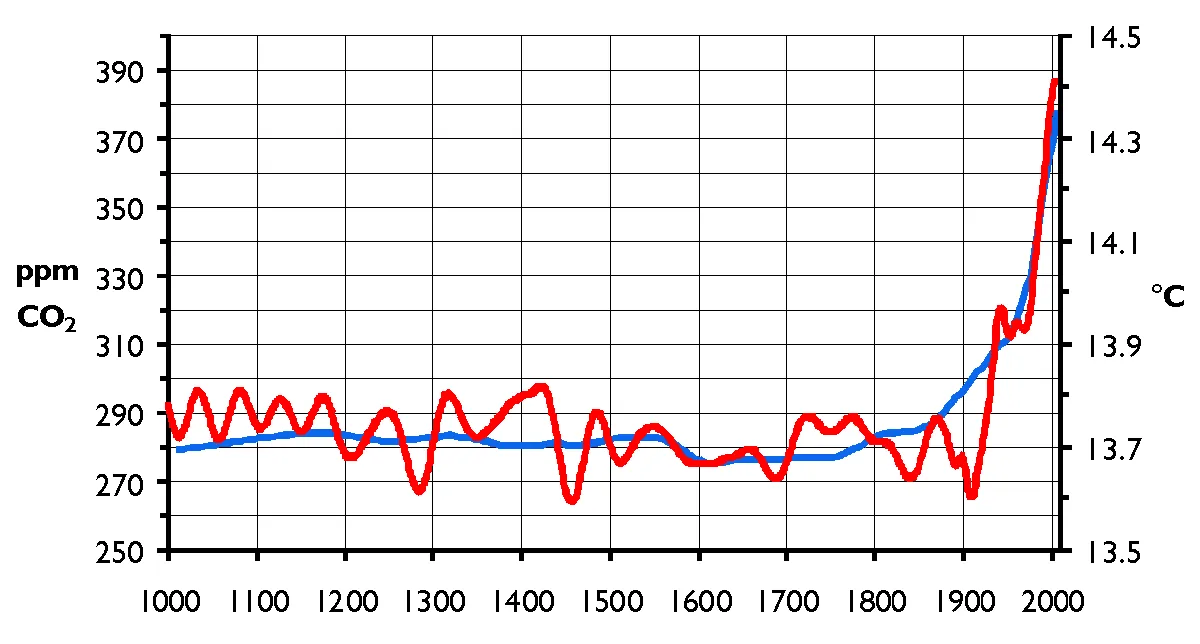The planet is blessed with a whole lot of biodiversity ranging from different plants, animals, and microbes. All these living organisms form the biological system of the planet known as the biosphere.
The biosphere does not exist in isolation. It coexists with and actually interacts with other spheres of the planet such as the soil (geosphere), water (hydrosphere), and air (atmosphere). The biosphere in itself is made up of functional parts working together.
The biological diversity that the planet is blessed with plays a critical role in ensuring that the earth remains healthy to sustain life, including that of humans. Without these roles, the planet will be inhabitable and what will exist would just be a desolate ruin with no life.
One of the critical roles played by some of the living components of the planet is ensuring the climate around here remains favourable for life to continue existing. When it comes to climate, we are talking about factors such as temperature, precipitation, sunlight, humidity, pressure, salinity (in aquatic environments), and so on and so forth.
Until recently, advancement in scientific research has enabled man to be able to forecast what the climate would look like in the short run and plans are made in advance to get the best out of the forecasts for the benefits of mankind. Nowadays, everything has become unpredictable and things are beginning to fall apart really fast.
Many of the climatic factors change in response to a slight change in temperature. While research is actively ongoing to model how these factors change with temperature, things remain largely unclear for now as far as understanding the correlation is concerned. For example, no one could have predicted the recent extreme weather events in different parts of the world despite the tons of resources available for research.
The unpredictability of climate is largely due to global warming by greenhouse gases. These gases form a layer of the blanket in the atmosphere and prevent reflected rays from the sun from escaping back to space. Thus, the trapped radiation increases the thermal energy of the atmosphere, and in turn, the average temperature of the globe.

Of course, it is not like greenhouse gases are all bad. Without them, the globe would probably still remain in an ice age. The real problem is that their concentrations in the atmosphere are increasing every day, no thanks to the activities of man. This is why the major campaign to mitigate erratic climate has been about cutting down on the emission of greenhouse gases. Despite all the cacophonies by scientists and advocates of climate change mitigation, our emission rates keep going up.
Of all the greenhouse gases, carbon dioxide has received the most attention and the reason is not far-fetched.
- the emission rate of carbon dioxide is far more than other known greenhouse gases, especially in the area of anthropological emissions
- apart from forming parts of the radiation trapping blanket layer in the atmosphere, carbon dioxide has the capacity to cause more climate disruptive damages than other greenhouse gases.
To further reinforce the significance of carbon dioxide as the chief gas when it comes to global warming, research through history has shown how an increase in the concentration of the gas in the atmosphere is positively correlated with rising global temperature.
It is not like humanity can survive without some level of carbon dioxide in the atmosphere. The real problem comes when the natural equilibrium between processes that leads to emission and those that remove it from the atmosphere becomes disrupted as a result of anthropological activities.
Naturally, carbon dioxide is released into the atmosphere from activities such as cellular respiration, volcanic activities, natural burning, decomposition, etc while processes that remove the gas from the atmosphere include photosynthesis and dissolution of the gas in water bodies.
The dissolution of carbon dioxide in water bodies leads to the formation of an equilibrium amount of carbonic acid/carbonate. Polyps are able to utilize the carbonate to build their exoskeletons and their deaths lead to the gradual build-up of the coral reefs. In other words, the coral reefs are a huge sink of carbon just like the various forests of the world.
With an increasing atmospheric concentration of carbon dioxide, however, more and more of the gas dissolves in water bodies thereby causing a shift in the carbonic acid/carbonate equilibrium into a more acidic solution. The reaction is further driven by a rise in the temperature of water bodies as a result of global warming.
Continuous increase in the acidity of water bodies automatically translates to lower carbonate concentration. This will. in turn, hinder polyps from building exoskeletons and may even lead to the dissolution of existing coral reefs. In order words, continuous emission of carbon dioxide may end up destroying one of its major sinks in coral reefs.
Thus, a small upset in the source/sink of carbon dioxide may lead to a series of reactions that could further upset the climate or other ecosystem processes in general.
Thank you all for reading.